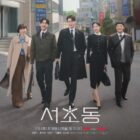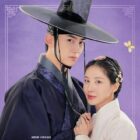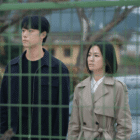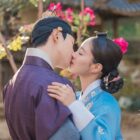Asian dramas and movies have captivated audiences worldwide with their emotional depth, rich storytelling, and diverse cinematic styles. But what exactly shapes the heart and soul of these productions? From deep-rooted cultural traditions to modern global trends, Asian entertainment is a dynamic blend of history, society, and artistic innovation. Whether it’s the poetic storytelling of Korean dramas, the philosophical depth of Japanese cinema, or the vibrant action of Hong Kong films, each piece is influenced by a unique web of social, political, and creative forces.
Korea: Tradition, Modernity, and the Korean Wave
Confucian Values & Korean Traditions
Korean dramas are deeply rooted in Confucian principles, often portraying themes of respect for elders, family hierarchy, and societal harmony. These values are not just subtle undercurrents—they frequently drive character motivations and storylines. Traditional elements such as the hanbok (traditional clothing), shamanistic rituals, and the grandeur of historical dynasties are especially prominent in sageuk, or historical dramas. Series like Dae Jang Geum (Jewel in the Palace) highlight these values through depictions of royal court etiquette and Confucian ethics, while The Moon Embracing the Sun artfully blends historical settings with Korean folklore, offering viewers a lens into Korea’s cultural past.
Japanese & Hong Kong Cinema Influence (1990s–2000s)
In the 1990s and early 2000s, Korean cinema and television drew significant inspiration from Japanese and Hong Kong storytelling styles. Early K-dramas often adopted the emotional intensity and pacing of Japanese melodramas, while Korean action films mirrored the flair and choreography of Hong Kong cinema. The portrayal of chaebol families—wealthy, powerful business clans—in Korean dramas closely resembles Japan’s depiction of zaibatsu in its corporate dramas. Films like My Sassy Girl (2001) borrowed humor and romantic quirks from Japanese storytelling, while Oldboy (2003) showcased a gritty, psychological intensity reminiscent of Hong Kong’s noir-style thrillers.
Hollywood Cinematic Techniques & Globalization
In recent years, Korean productions have embraced Hollywood-style cinematography, advanced CGI, and intricate, genre-blending narratives. This shift is partly fueled by the global demand for K-content through platforms like Netflix and Disney+, which have allowed Korean dramas and films to reach diverse international audiences. The result is a polished, cinematic approach that appeals both locally and globally. Squid Game is a prime example—a high-stakes survival thriller influenced by Japanese works like Battle Royale and Western hits like The Hunger Games. Meanwhile, Parasite garnered worldwide acclaim for its sharp social commentary, using Western-style satirical storytelling techniques to explore class divides in Korean society.
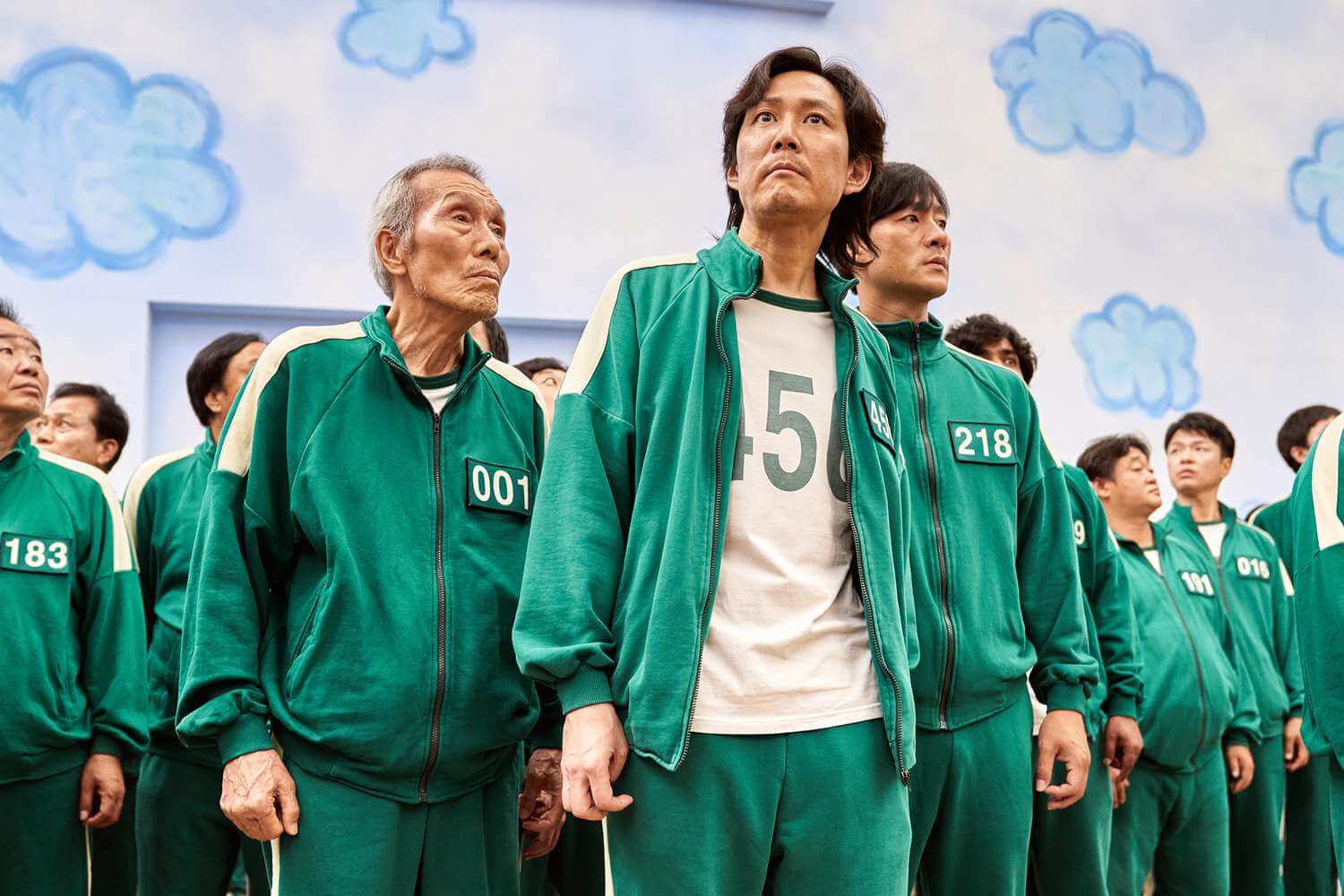
Japan: Minimalism, Philosophy, and Cultural Identity
Samurai & Bushido Culture
Japanese historical dramas, known as jidaigeki, often center around themes of honor, duty, and the strict moral code known as Bushido, which governed the way of the samurai. These stories highlight the personal and societal struggles of warriors bound by loyalty and sacrifice. The visual and narrative style of samurai films has had a lasting global impact, influencing renowned Western directors—Quentin Tarantino’s Kill Bill series being a notable homage. One standout example is Rurouni Kenshin, a live-action film series set during the Meiji Restoration era that blends action, historical drama, and moral complexity, bringing the ethos of the samurai to a modern audience.
Manga & Anime Influence
Manga and anime have become integral to Japanese storytelling, with many dramas and films adapting these popular formats into live-action or animated cinematic experiences. This influence has led to stylized narratives, exaggerated expressions, and unique world-building that set Japanese media apart. Genres like isekai (parallel worlds) and mecha (giant robots) originated in anime and continue to inspire stories across formats. Notable examples include Death Note, a gripping psychological thriller adapted from manga, and Your Name, a beautifully animated romance-fantasy film that gained international recognition for its emotional depth and visual artistry.
Western Influence: Noir & Psychological Thrillers
Japanese cinema has not only influenced the West but has also absorbed Western elements, particularly from film noir and psychological thrillers. Legendary director Akira Kurosawa’s works laid the foundation for many Hollywood classics, while modern Japanese dramas and films often explore existential crises, moral ambiguity, and dystopian futures. These themes echo throughout contemporary J-dramas and films. Battle Royale, for instance, predates and arguably inspired Western hits like The Hunger Games, with its chilling depiction of youth violence and authoritarian control. This blending of cultural motifs allows Japanese media to maintain a unique voice while resonating with global audiences.
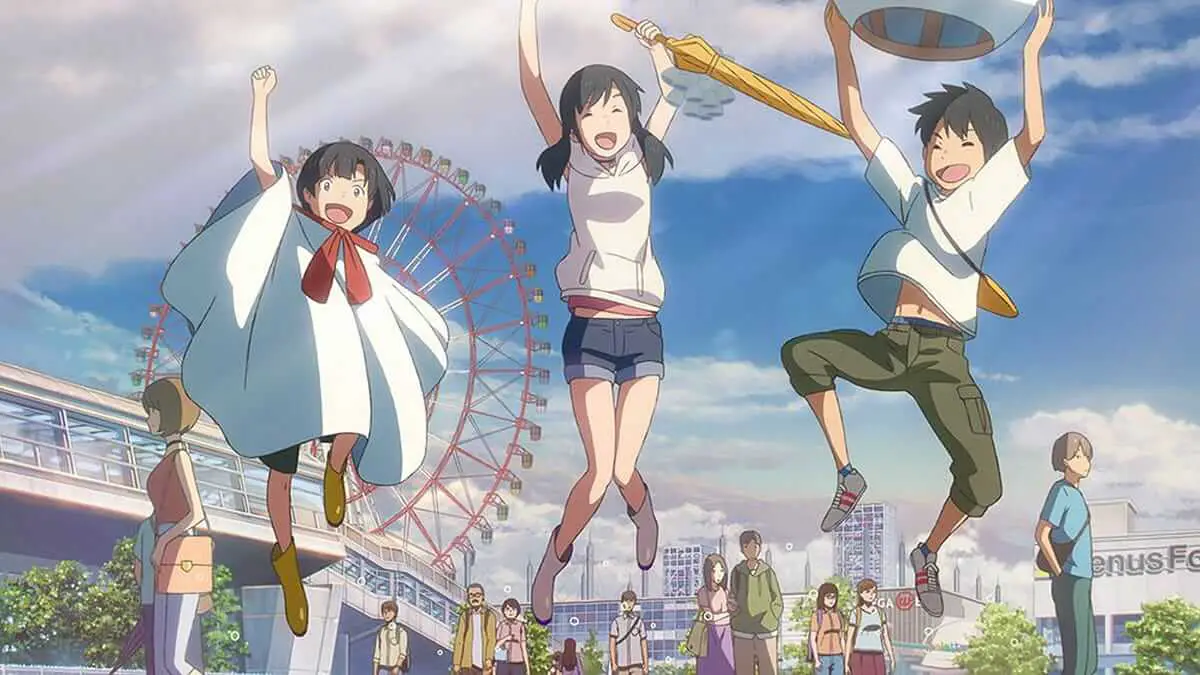
China: Historical Grandeur, Political Influence, and Cultural Pride
Chinese Mythology & Folklore
Chinese fantasy dramas are deeply rooted in ancient mythology, often drawing from Daoist and Buddhist teachings. These stories frequently explore the realms of gods, demons, immortals, and the cycle of reincarnation. This spiritual and mythological backdrop provides a rich canvas for storytelling, particularly in the popular xianxia (immortal hero) genre. Martial arts films—specifically wuxia, which features sword-fighting heroes—also stem from these traditional legends and continue to be a cornerstone of Chinese cinema. Iconic tales like Journey to the West have been adapted into numerous dramas and films, while series such as Eternal Love: Ten Miles of Peach Blossoms offer a blend of romance, mythology, and epic storytelling that spans lifetimes and celestial realms.
Hong Kong Action Cinema & Martial Arts
The golden era of Hong Kong cinema brought martial arts to the global stage, thanks to legends like Bruce Lee and Jackie Chan. Their influence extends far beyond China, shaping action filmmaking in Hollywood and beyond. These films popularized kung fu choreography, stunt work, and the wuxia genre, which combines martial arts with fantastical storytelling. Titles like Crouching Tiger, Hidden Dragon masterfully blend poetic visuals with intense action, creating a cinematic style that is both graceful and powerful. This tradition remains strong, with martial arts continuing to define much of Chinese action cinema’s identity.
Communist-Era & Propaganda Themes
Chinese historical dramas are often influenced by political narratives, particularly those aligned with government messaging. During and after the Communist revolution, film became a tool for promoting themes of loyalty, nationalism, and social unity. Even today, many state-approved productions subtly or overtly reflect these ideals. Storylines frequently emphasize the virtues of collective effort, sacrifice for the nation, and historical reverence for revolutionary leaders. A notable example is The Founding of a Republic, which chronicles the establishment of modern China, blending dramatized history with nationalistic themes. While these stories serve political purposes, they also offer insight into China’s evolving identity and values.
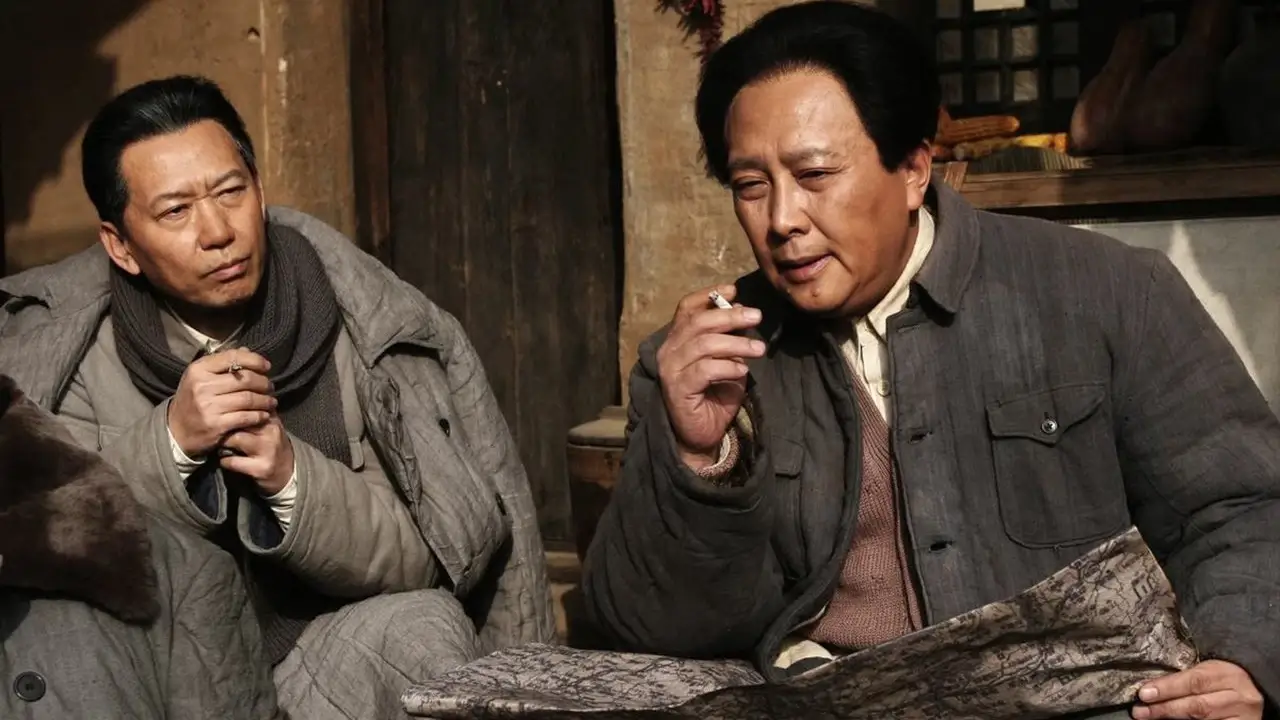
Philippines: Faith, Folklore, and the Filipino Narrative
Spanish Colonial Influence & Catholicism
Centuries of Spanish colonial rule left a deep imprint on Filipino culture, particularly in religion and family structure. Catholicism plays a central role in many Filipino dramas, which often explore themes of faith, destiny, sacrifice, and redemption. These storylines are deeply emotional, reflecting strong family values and moral dilemmas rooted in religious teachings. One notable example is May Bukas Pa, a heartwarming drama about a young boy who can communicate with Jesus, highlighting the Filipino belief in miracles, hope, and divine intervention. These faith-centered narratives continue to resonate with audiences across generations.
American Influence & Hollywood-Style Romance
The Philippines’ close cultural ties with the United States have strongly influenced its entertainment industry. Filipino films frequently borrow the charm and structure of Hollywood romantic comedies and action movies, creating familiar yet uniquely local stories. The use of English, Western fashion, and American pop music in soundtracks further reflects this influence. A standout example is Hello, Love, Goodbye, a modern love story that follows two overseas Filipino workers navigating life and love in Hong Kong. These narratives often mirror the aspirations and struggles of Filipinos both at home and abroad, with a distinctly cinematic flair.
Folk Horror & Mythology
Filipino folklore continues to thrive through horror films and supernatural dramas that bring traditional myths to the screen. Creatures like the aswang, manananggal, and tikbalang are deeply rooted in regional legends and are frequently reimagined in modern storytelling. This rich mythological landscape allows for uniquely Filipino horror narratives that blend suspense, superstition, and cultural identity. The long-running Shake, Rattle & Roll anthology series exemplifies this genre, presenting chilling tales based on local supernatural lore. These stories not only entertain but also preserve cultural heritage and oral traditions for new generations.
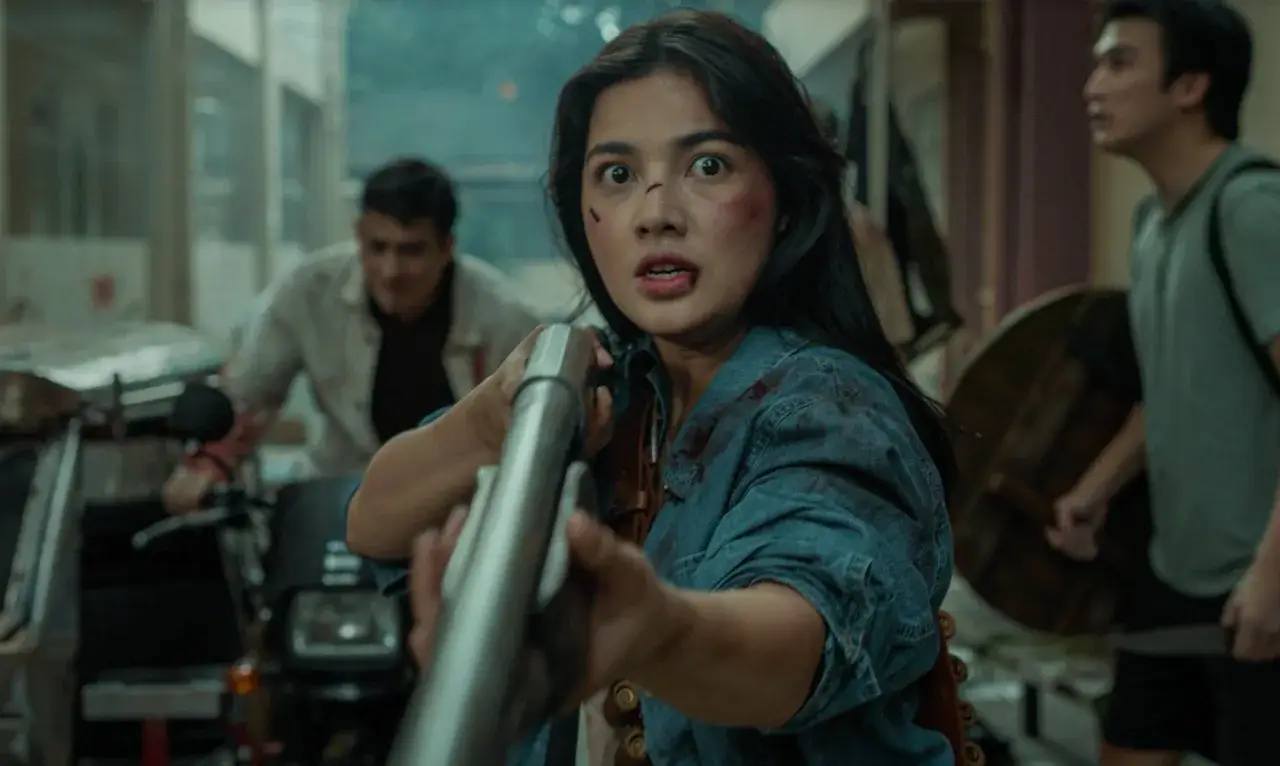
Thailand: Myth, Martial Arts, and the Spirit World
Indian & Buddhist Mythology Influence
Thai dramas are deeply influenced by Indian epics such as the Ramayana and Mahabharata, as well as Buddhist philosophy. Themes of reincarnation, karma, and celestial beings are frequently woven into narratives, creating emotionally rich and spiritually resonant stories. These elements reflect Thailand’s cultural and religious roots, where the belief in past lives and cosmic justice shapes character arcs and plotlines. A compelling example is Krong Karm, a drama that delves into the consequences of karma and the power of destiny across generations.
Hong Kong Action Cinema Influence
Thailand’s action cinema has carved out a unique identity by blending local martial arts, particularly Muay Thai, with the stylized choreography of Hong Kong cinema. This fusion results in fast-paced, gritty films that showcase raw athleticism and emotional intensity. Ong-Bak, starring Tony Jaa, brought international attention to Thai action films with its jaw-dropping stunts and focus on traditional fighting techniques. The influence of Hong Kong’s cinematic approach is clear in the editing, camera work, and fight sequences that define this genre.
Horror & Superstition Culture
Ghost stories hold a powerful place in Thai culture, and this is vividly reflected in the country’s horror genre. Rooted in Buddhist beliefs about spirits, karma, and the afterlife, Thai horror often explores the consequences of unresolved sins and disturbed spiritual balance. Films like Shutter tap into fears of guilt and retribution, combining psychological tension with traditional ghost lore. These stories are not only terrifying but also serve as cultural reflections on morality, death, and the unseen world.
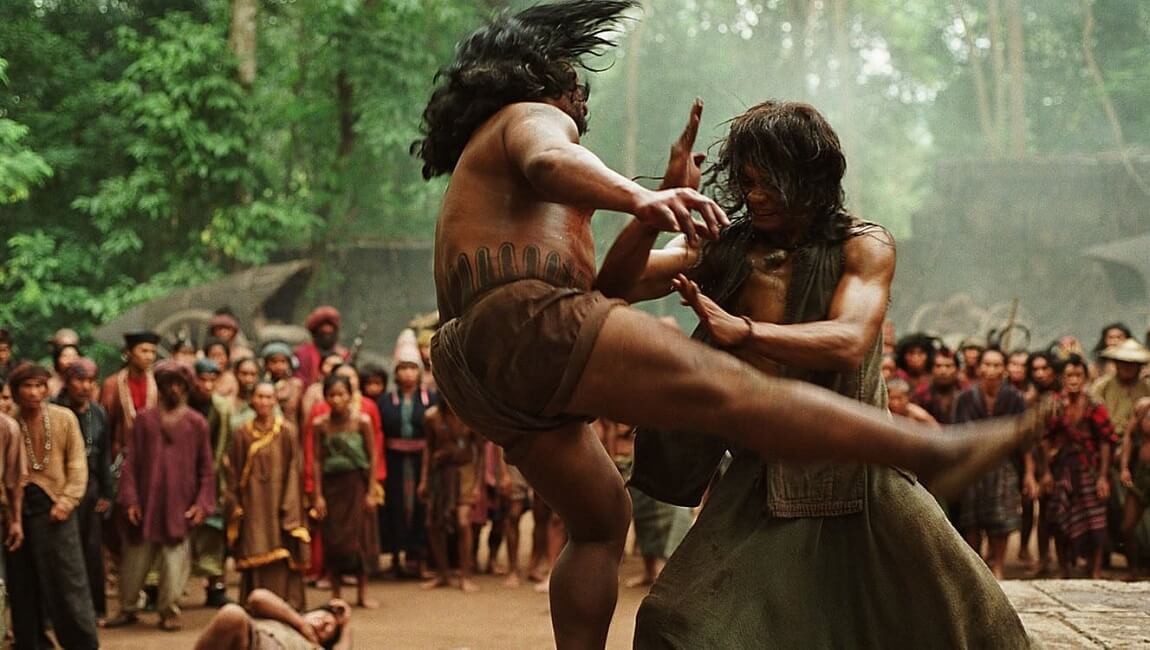
Indonesia: Folklore, Faith, and Cinematic Fusion
Javanese & Hindu-Buddhist Mythology
Indonesia’s cinematic storytelling is enriched by its diverse cultural roots, especially Javanese folklore and Hindu-Buddhist traditions. These myths often feature supernatural forces, sacred rituals, and powerful spiritual figures that guide or challenge human lives. Dramas and horror films alike tap into these ancient beliefs to create intense and layered narratives. Ratu Ilmu Hitam (The Queen of Black Magic) is a prime example, blending psychological horror with elements of Javanese mysticism and traditional black magic.
Bollywood & Indian Cinema Influence
Indonesian dramas also reflect the vibrant influence of Bollywood, particularly in their dramatic flair, musical storytelling, and celebration of familial bonds. Lavish wedding scenes, elaborate dance sequences, and emotive monologues have become staples in many Indonesian productions. The classic series Si Doel Anak Sekolahan showcases these elements, integrating Indian-style storytelling while maintaining local cultural nuances. This fusion has helped Indonesian television resonate with diverse audiences across Southeast Asia.
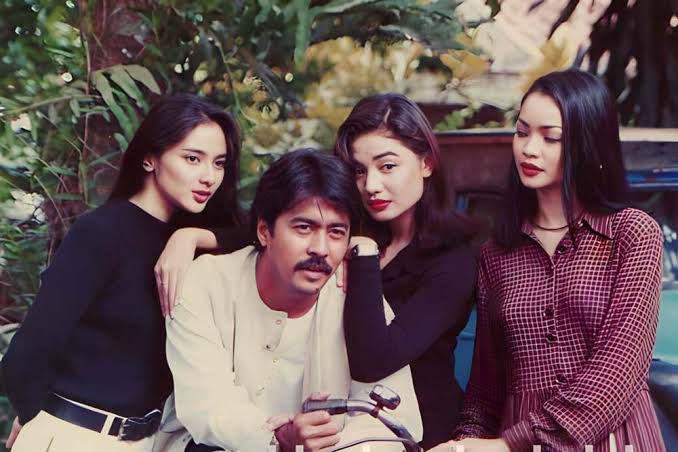
Vietnam: Resilience, Reverence, and the Art of Storytelling
Communist & War-Era Storytelling
Vietnamese cinema has long been shaped by the country’s history of colonization, war, and revolution. Many films focus on themes of national identity, resilience, and the emotional toll of conflict. These narratives often portray everyday life during wartime, highlighting the quiet strength of ordinary people and the sacrifices made for independence. One notable example is The Scent of Green Papaya, a poetic and contemplative film set during the Vietnam War era, which subtly reflects the social and political undercurrents of the time while capturing the beauty of Vietnamese domestic life.
Confucian Family Values
Like many East Asian cultures, Vietnam holds Confucian ideals at its core, especially when it comes to family structure. Vietnamese dramas frequently explore generational conflicts, the duty of children to their parents, and the complexities of extended family dynamics. These values are depicted with emotional depth, often in stories that resonate with viewers across age groups. Bride of Vietnam is one such drama, centered around familial obligations, personal sacrifice, and the enduring bonds between parents and children. These themes serve as both cultural reflection and moral commentary, preserving traditional values while addressing modern challenges.
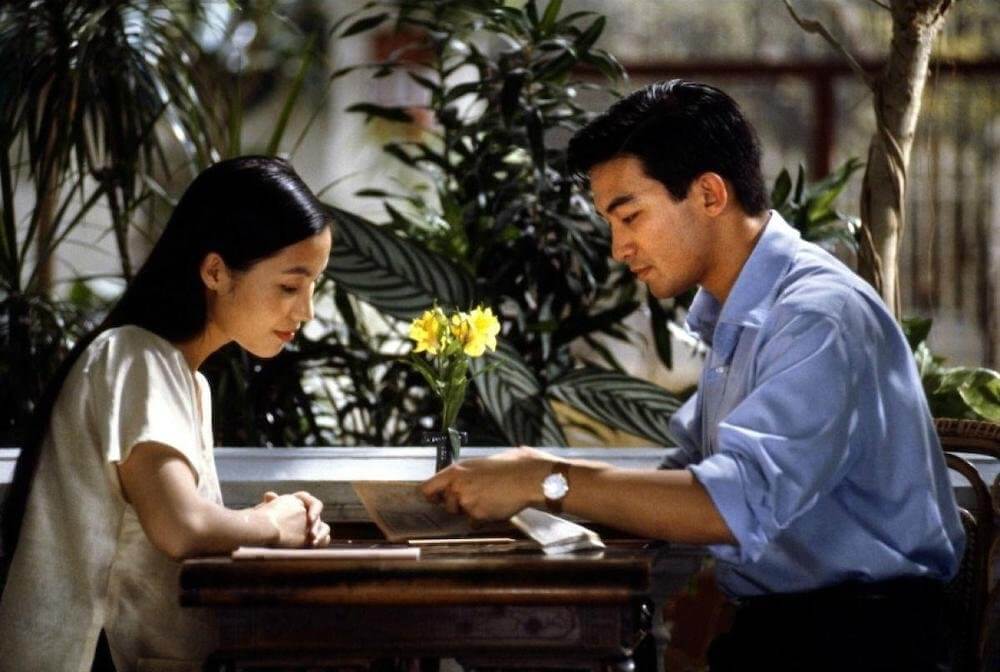
The evolution of Asian dramas and movies reflects a fascinating fusion of cultural heritage, societal change, and international inspiration. As these industries continue to gain global traction, they not only showcase regional identities but also contribute to a broader cinematic language that resonates worldwide. Understanding these influences offers a deeper appreciation for the stories we watch—and the worlds they reveal.






